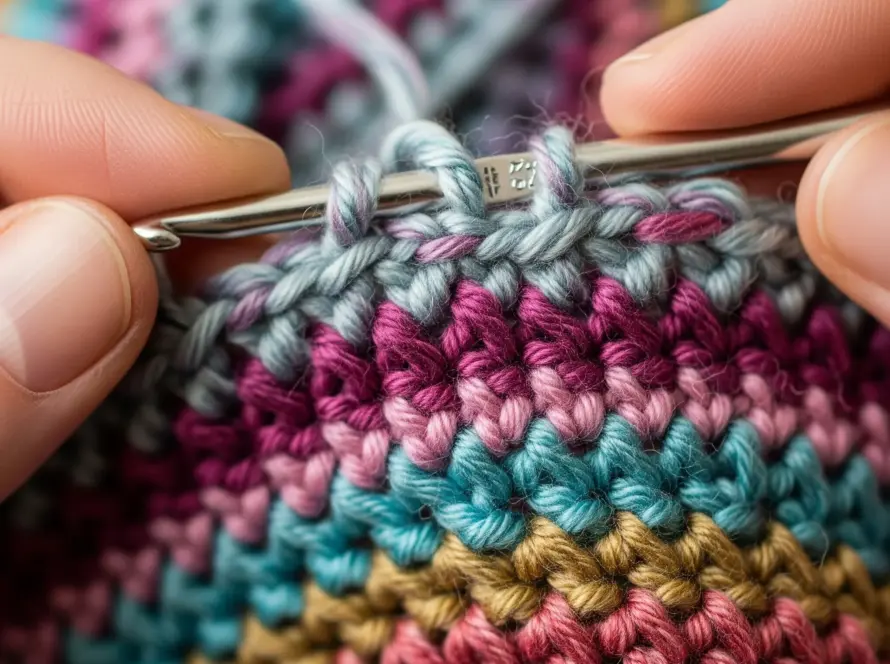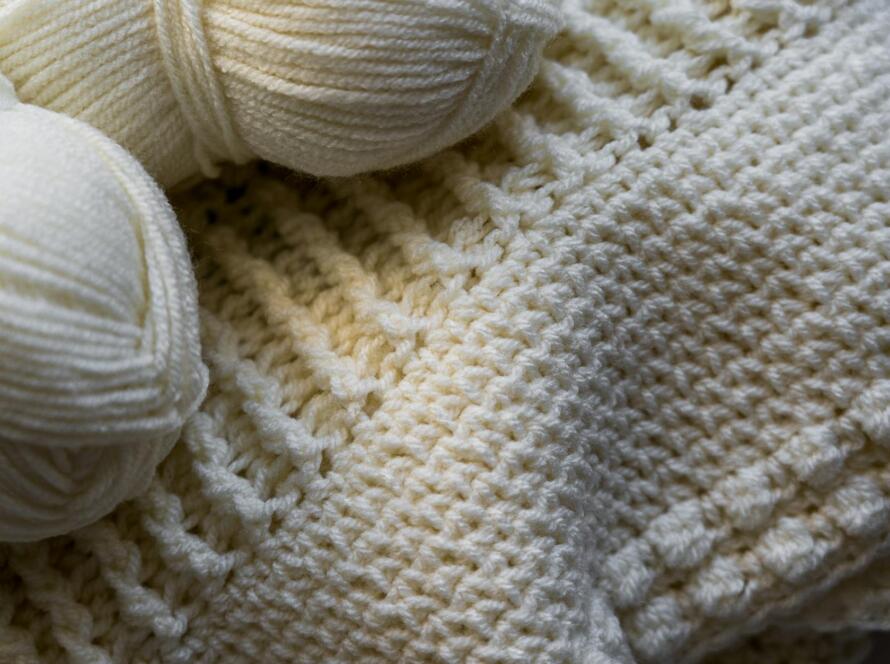Knitting with wool is a creative and relaxing hobby that's both fun and calming. If you're new to knitting and don't know how to get started, you've come to the right place! In this article, I'll give you a comprehensive guide on how to start knitting with wool, what materials you'll need, and what basic techniques you should learn.
1. Choosing the right materials
Before you start knitting , you'll need a few basic materials. Here are the most important things you'll need:
- Knitting needles: For beginners, needles in sizes 4 to 6 mm are a good choice. This size is ideal for learning the technique and creates a comfortable knitting experience. You can choose either wooden, metal, or plastic needles, depending on your preference.
- Wool: The Choosing the right Wool is crucial for your knitting project. For beginners, it's recommended to work with a medium-weight wool (e.g., 4-ply wool) that's neither too thick nor too thin. Light-colored wool is especially useful, as it allows you to see the stitches more clearly.
- Scissors and tape measure: You will need scissors to cut threads and a tape measure to measure your progress.
- knitting instructionsThere are countless knitting patterns and tutorials specifically designed for beginners. These will help you learn step by step how to cast on, cast off, and create simple patterns.
2. Basic knitting techniques with wool
Once you have your materials, it's time to start with the basic knitting techniques. The two most important knitting techniques for beginners are:
- Right stitches (knitting): This is the most basic technique for knitting with wool. You take the needle with the wool in your right hand and insert it into the stitch on the left needle from the front. Then you pull the yarn through the stitch and let the old stitch slip off the needle. Repeat this until you've finished your project.
- Purl stitches (purl knitting): The purl stitch is the reverse of the knit stitch. You insert the needle into the stitch from the back and pull the yarn through. Purl stitches are often used in conjunction with knit stitches to create interesting patterns.
3. Easy project for beginners: knitting a scarf
A simple project for beginners is the Knitting a scarf with wool. A scarf is ideal because you only have to knit straight and don't have to do complicated increases or decreases. Here's a quick tutorial on how to knit a simple scarf:
- Cast on stitches: Cast on about 30-40 stitches on your needle, depending on how wide you want your scarf to be.
- knitting: Knit in rows, alternating knit and purl stitches. You can also use only knit stitches to knit a simple scarf.
- Cast off: When your scarf has reached the desired length, cast off the stitches by taking the last stitch and pulling the yarn through. Cut the yarn and weave it in.
4. Mistakes and solutions when knitting with wool
It's perfectly normal to make mistakes when knitting with wool, especially at the beginning. Here are some common mistakes and how to fix them:
- Stitches that are too tight: If your stitches are too tight, you can change the needle tips or make looser stitches.
- Losing stitches: If you lose a stitch, you can pick it up again with a crochet hook and knit it back.
- Wrong number of stitches: If you find that you have more or fewer stitches than originally planned, you can recount the stitches at the beginning of the row and adjust them.
5. Tips for beginners
- Patience is importantKnitting with wool takes time and practice. Be patient with yourself and don't expect perfect results right away.
- Learn step by step: Don’t try to make a big project like knitting a blanket or a sweaterStart with small, simple projects and gradually increase the difficulty.
- knitting communities: Many cities have knitting meetups where you can meet other knitters and learn from them. There are also many online forums and groups that can help you with any questions.
- Try out patterns: Once you feel confident, you can experiment with different patterns. A simple cable pattern or a wave pattern can give your Project a special give a grade.
6. Further projects with wool
Once you've mastered the basics, you can move on to more complex projects. Here are some ideas:
- Sweaters or cardigans: Single knit and purl stitches can be used to knit basic sweaters or cardigans. These projects require more patience and planning, but are very rewarding.
- accessories: Hats, gloves or scarves are excellent projects that you can complete quickly and that offer you many opportunities to experiment with different techniques.
- Blankets and pillowcases: Larger projects like blankets are ideal if you want to develop your skills further. You can try out different patterns and perfect your knitting technique.
Conclusion
Knitting with wool is a beautiful and fulfilling skill that can be learned with a little practice and patience. Start with the basics, learn the different knitting techniques, and then work your way up to more complex projects. The possibilities are endless, to be creative and create something unique to create. Have fun knitting!



